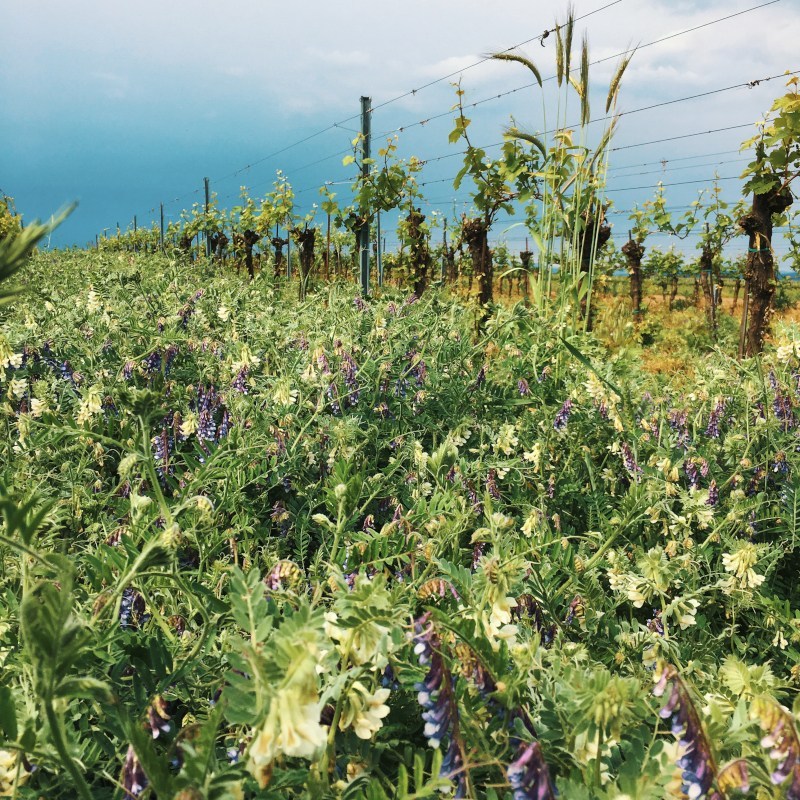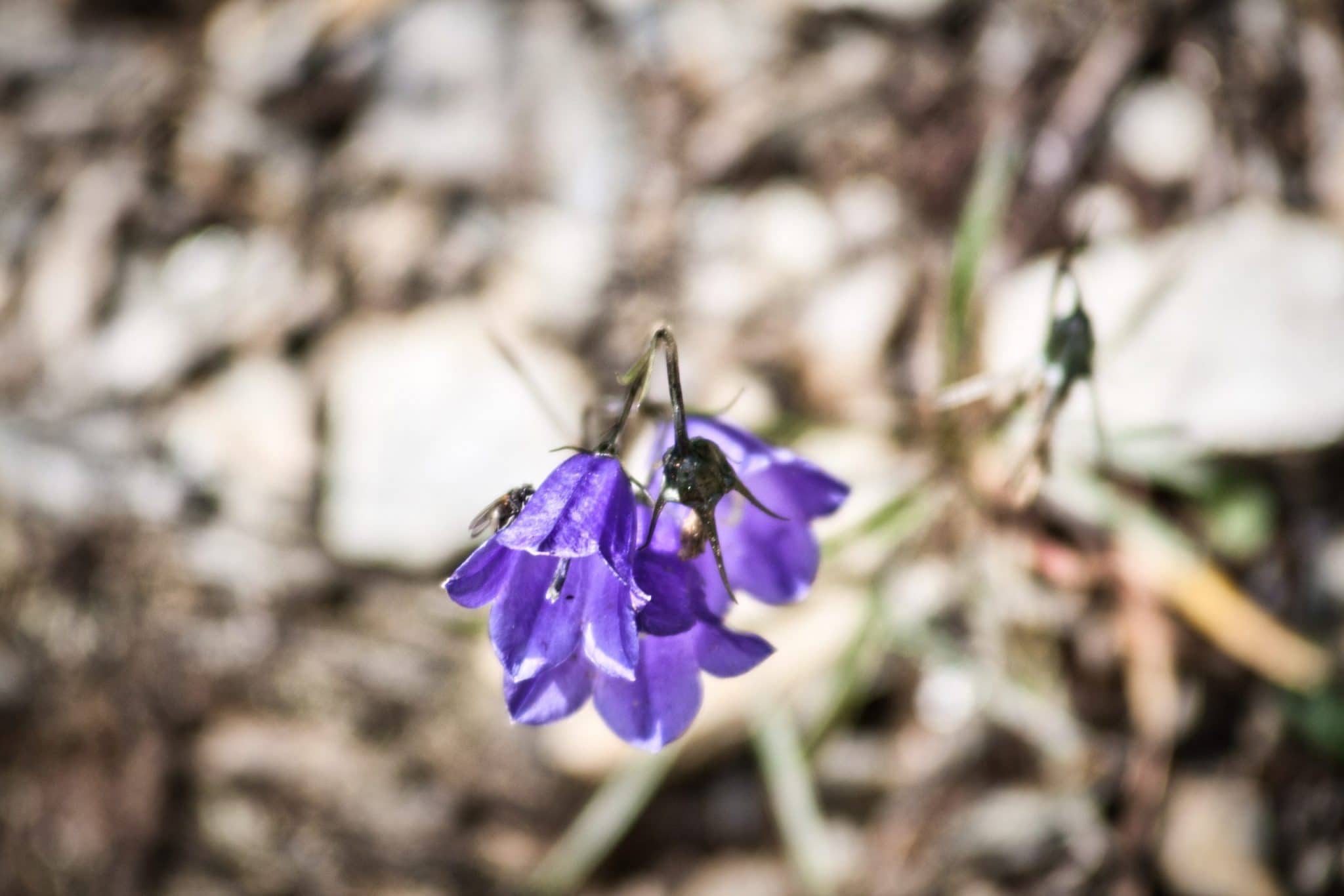Histamine is a biogenic amine that is produced by the human body itself and absorbed through food. It fulfills all sorts of tasks in different processes and is therefore fundamentally necessary. Up to a certain amount. In most people, this limit is rarely or never reached, in patients with histamine intolerance, this limit is significantly reduced and even the smallest amounts are sufficient, for example, to cause respiratory distress, hypotension, redness of the skin, nausea, headache. Here then a histamine-poor diet is announced, that is: many, really delicious food and drinks are taboo. Wine too. This is the bad news.
The good news: There is wine with a residual histamine value below 0.1 mg / l - and we have it. Almost all of our wines!


It turns out that our grapes have decidedly more antioxidants (reductones) that prevent histamine from forming in the wine. We try to preserve these reductones throughout the ripening process, preventing the wine (too much) from forming histamine. So that we finally know what residual value the wine has, we have it examined in a special laboratory. The determinability limit here is 0.001 mg / l, histamine is considered to be "undetectable" from less than 0.1 mg / l. (According to the EU regulation, the designation "histamine-poor wine" and "histamine-free wine" may no longer be used for wine as of 01/01/2015.)

